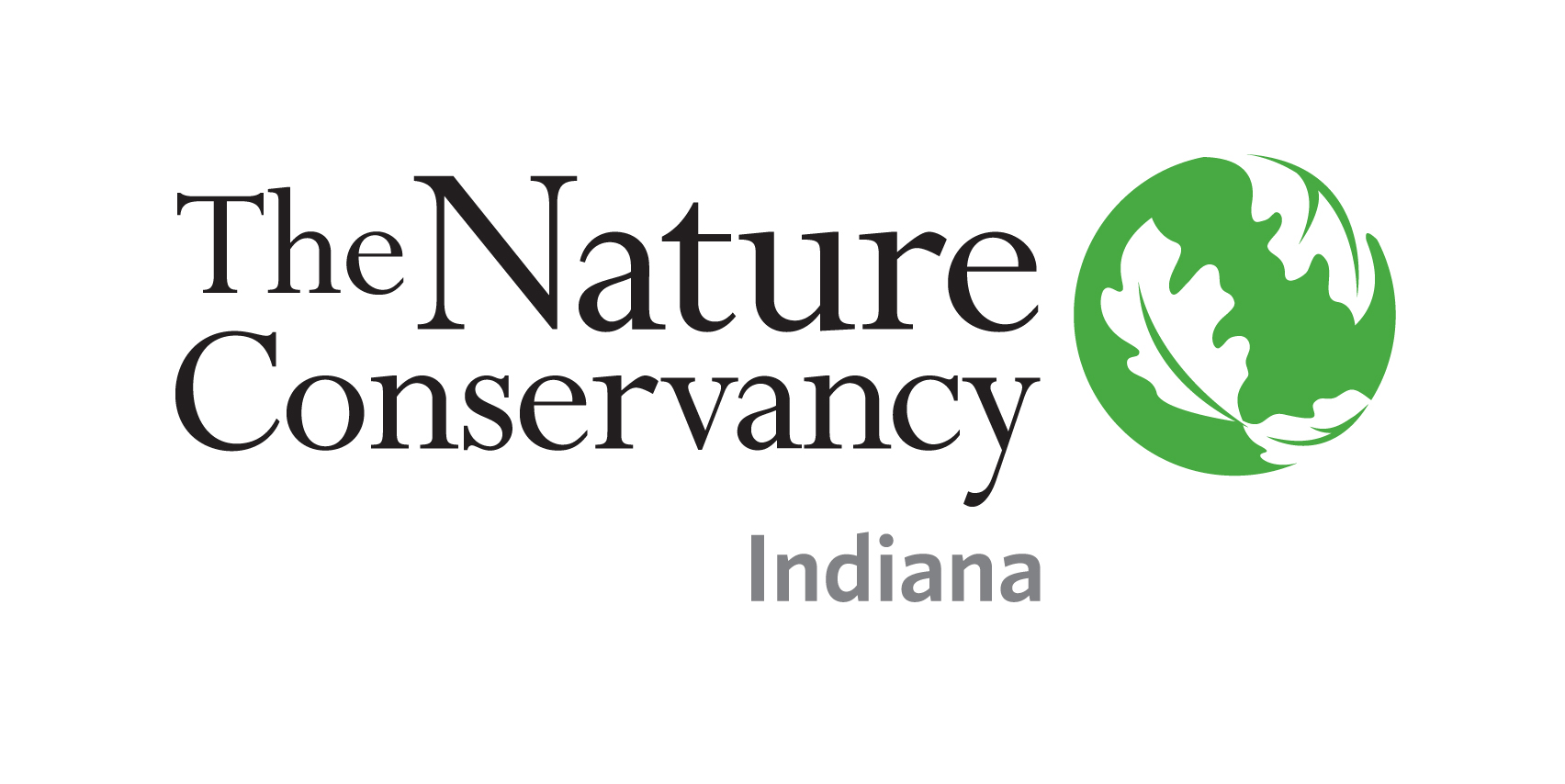Efroymson Conservation Center Life Cycle and Energy Efficiency Analysis

For more than 55 years, the Indiana Chapter of The Nature Conservancy (TNC) has been working to conserve the lands and waters of Indiana. We have helped to protect over 100,000 acres of land, from the prairies of Kankakee Sands to the forests of Brown County Hills. We are working with the agricultural community to promote soil health practices to protect the Wabash River and its tributaries so we can lessen the impacts of our state on hypoxia in the Gulf of Mexico.
Our care for the lands and waters extends to our brick-and-mortar headquarters office in Indianapolis. The Efroymson Conservation Center (ECC) building demonstrates sustainable and attractive design for a workplace that is intended to conserve energy and natural resources. TNC uses this LEED-Certified office as an educational platform to introduce visitors from across Indiana, and beyond, to energy-efficient approaches to building design. At the cost of traditional construction, the ECC became Indianapolis's first LEED Platinum building and rated as the most sustainable building in the state. The ECC has received many awards for its design, including two Sustainability Awards from the Indianapolis Office of Sustainability, and multiple awards from the American Institute of Architects.
Since occupying the building in 2010, TNC has benefitted from lower operating costs. Students will update the design information that describes the operational efficiencies of the ECC using actual data from nearly 8 years of occupancy. In addition TNC would like the team to compare ECC to other office buildings in Indianapolis, in Indiana, and the United States. They are also interested in how ECC compares to other energy efficient buildings.

UPDATE
The Indiana Chapter of The Nature Conservancy (TNC) wants to conduct an analysis of its headquarters in Indianapolis, the Efroymson Conservation Center (ECC). The ECC is a platinum LEED-certified building constructed in 2010. The original purpose of constructing the environmentally-friendly ECC was to prove that green design could be used in a long-term cost-effective building. Due to the building’s age, TNC wishes to ensure that their office is still operating more efficiently than standard office buildings. As a result, TNC wants the team to conduct a comparative analysis of the ECC and benchmark it against similar buildings. To achieve this, the team will analyze the ECC’s utility bills, select building functions that are unique to environmentally-minded buildings, and conduct a life cycle costing assessment of the building’s systems. Once the analyses are complete, the team will compare the data to buildings of similar size and regional location to determine how the ECC performs against similar properties.
TNC also wants to the team propose upgrades for the building to improve its efficiency where it is lacking. The team will also make recommendations for future data collection methods so analyses conducted in the future will be more efficient and accurate. Lastly, outreach is an important organizational goal of TNC. When the ECC was originally built, it attracted attention from many different audiences, such as the American Institute of Architects. The team will use recommendations for updated building information, to keep green building design education and outreach up-to-date.
